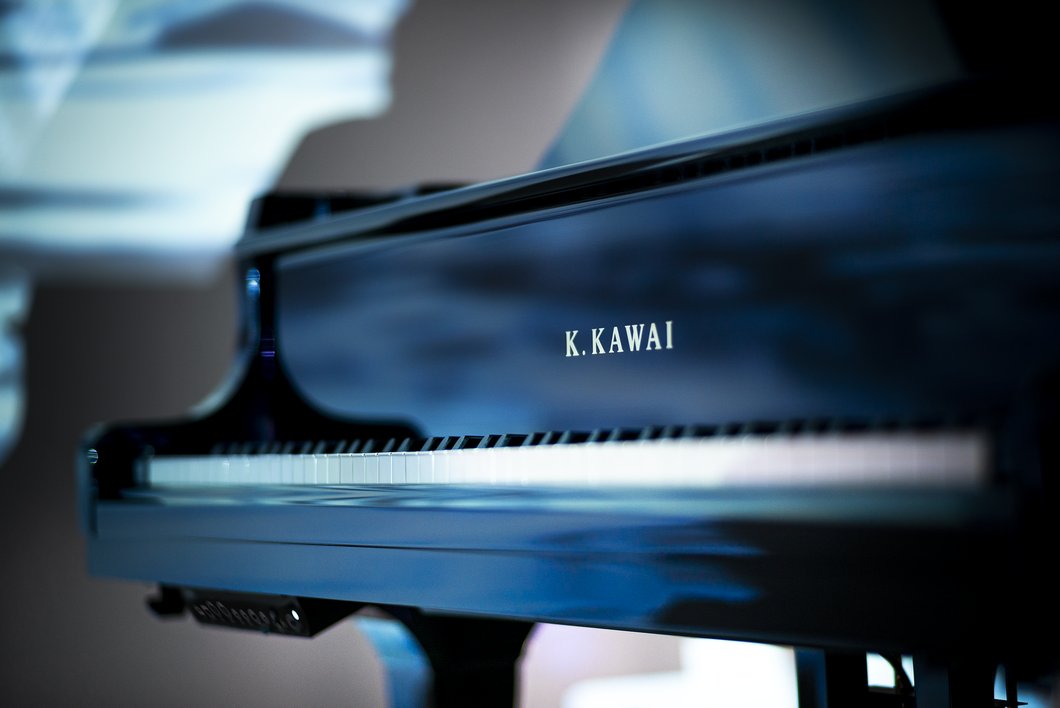Ask a room of pianists, “How Many Octaves On A Piano?” and most will answer quickly: modern pianos have 88 keys, spanning about seven and a quarter octaves (A0 to C8). But the story behind that range is rich. It tracks the piano’s evolution, the growing ambitions of composers, and the physics of strings and soundboards. Understanding octaves isn’t just trivia, it shapes how players hear, orchestrate textures, and choose instruments. For those seeking More information on ranges, repertoire, and technique, the following guide goes beyond the number to show how octave awareness opens creative doors.
Historical development of piano octave ranges
The piano’s range expanded step by step as musical demands grew and builders innovated. Early keyboard ancestors, clavichords and harpsichords, typically offered around four to five octaves. When Bartolomeo Cristofori introduced the first pianos in the early 1700s, they had roughly 4–5 octaves. That was enough for the refined, conversational style of the time.
By Mozart’s era, the keyboard had commonly grown to about five octaves (around 61 keys). The Classical style favored clarity and agility, and the available range suited that aesthetic. As the 18th century closed, but, composers started pushing for more depth and brilliance at the extremes. Broadwood famously gifted Beethoven instruments with extended ranges, first to six octaves, then beyond, fueling his appetite for thunderous bass and gleaming treble.
The early 1800s were an arms race of sorts among makers in Vienna, London, and Paris. By the 1820s, six and a half octaves were common: by mid-century, seven octaves were appearing. Equal temperament tuning was increasingly accepted and allowed composers to write freely in all keys across the full span. By the late 19th century, 88 keys (A0–C8) became the prevailing standard, aligning with the symphonic ambitions of Liszt, Chopin’s successors, and later Debussy and Ravel. The result is today’s modern compromise: a range broad enough for orchestral color, yet practical for homes, studios, and stages.
Why modern pianos are built with 88 keys
The journey from five octaves to 88 keys wasn’t arbitrary. It reflects a balancing act among musical utility, acoustics, and engineering.
- Musical demand: As the repertoire expanded in the 19th century, composers wrote textures that needed subwoofer-like bass and bell-like treble. Seven-plus octaves let the piano mimic orchestral sections, double basses below, piccolos above, without losing a coherent middle.
- Acoustic reality: The lowest fundamentals below A0 (27.5 Hz) require extremely long, heavy strings and massive soundboards to speak clearly. Go much lower and notes get indistinct and woofy. At the top end, pitches above C8 (~4186 Hz) become short, glassy, and hard to voice musically. 88 keys sit in a sweet spot of clarity and projection.
- Ergonomics and design: More keys add length, weight, and cost. Standardizing on 88 allowed makers like Steinway in the late 1800s to optimize actions, plates, and frames. Conservatories standardized pedagogy and repertoire around the same span.
There are exceptions. Bösendorfer’s Imperial Grand extends to 97 keys (down to low C), offering a full eight octaves. Stuart & Sons has gone further with 102- and even 108-key instruments, brushing nine octaves at the top. Yet most music, including mainstream classical, jazz, film, and pop, is written for 88. That standard keeps pianos manageable for venues and gives players a universal frame of reference. In other words, 88 keys deliver maximum musical range without straying into acoustical or logistical overkill.
For anyone still wondering, How Many Octaves On A Piano in daily practice? On the standard instrument: about seven and a quarter, seven octaves plus a few extra treble notes to C8.
How octaves influence composition and performance
Octaves are more than a measurement: they’re a palette. Each register has a personality, and composers exploit that character to shape narrative, color, and groove.
- Register color: The low bass can growl and rumble, great for menace or grandeur (think Beethoven’s darker sonorities). The middle registers carry the most vocal warmth, perfect for melody. The top octave or two sparkle: Debussy and Ravel often lift textures there to suggest light and air.
- Texture and weight: Doubling a melody in octaves makes it read as singular and strong, useful for big climaxes. Chopin’s Etudes often drill this power: Rachmaninoff and Liszt deploy octave cascades for visceral impact. In pop, octave-doubled hooks cut through a mix even at moderate volume.
- Spatial orchestration: Pianists “orchestrate” by where they place ideas on the keyboard. A left-hand bassline an octave lower shifts a groove from polite to punchy. Jazz and gospel players use octave jumps in the left hand to energize stride or shout sections. Film composers sketch cues on piano by spreading motifs across octaves to test cinematic scope before orchestrating for an ensemble.
- Voice-leading clarity: Octave displacement lets a line leap to a fresh register without changing pitch class relationships. Composers use it to avoid muddiness, reveal inner parts, or create call-and-response between registers, almost like different instruments talking.
Performers lean on octaves to shape phrasing, too. A melody moved an octave up at a return can sound like a “brighter reprise.” Conversely, bringing a motive down an octave can make it intimate or ominous. Pedaling and touch change across registers, what sustains beautifully in the tenor may blur in the bass, so octave choices influence articulation and pedal strategy as much as harmony.
Expanding technical ability through octave awareness
Players who think in octaves tend to read faster, voice better, and improvise more freely. That awareness can be trained deliberately.
- Mapping the keyboard: Anchoring landmarks, A0, middle C, the break points between bass/tenor/alto/treble, helps spatial memory. Reading wide-interval leaps becomes less risky when the geography is internalized.
- Tone by register: Practicing the same phrase in three octaves teaches how touch changes with string length and hammer speed. The bass needs slower, deeper weight to speak clearly: the top often needs a quicker, lighter attack to avoid brittleness.
- Octave technique: Scales and melodies in octaves build coordination. Efficient octave playing uses forearm rotation and a supple wrist rather than pure finger force. Alternating fingerings (e.g., 5–1/4–1) and micro-rotations prevent tension. Short bursts with rest, then gradual tempo increases, reduce injury risk.
- Voicing with octave anchors: Arrangers and improvisers often pin harmony with octave roots or fifths, then color with inner voices. Practicing left-hand octave “bones” with right-hand voicings sharpens time and dynamic control.
- Transposition and octave displacement: Moving a motif by octaves, not just by keys, reveals new textures. It’s a quick way to test whether a hook sings better bright and high or warm and midrange.
For classroom clarity, instructors sometimes answer, “How Many Octaves On A Piano do we actually use?” with: all of them, eventually. The point isn’t to live at the extremes: it’s to know how each slice of the spectrum behaves so technique and interpretation fit the register.

